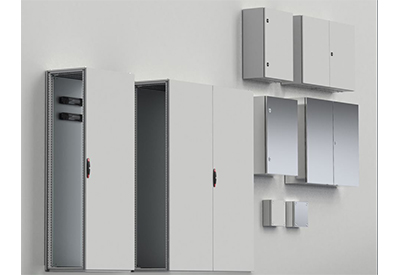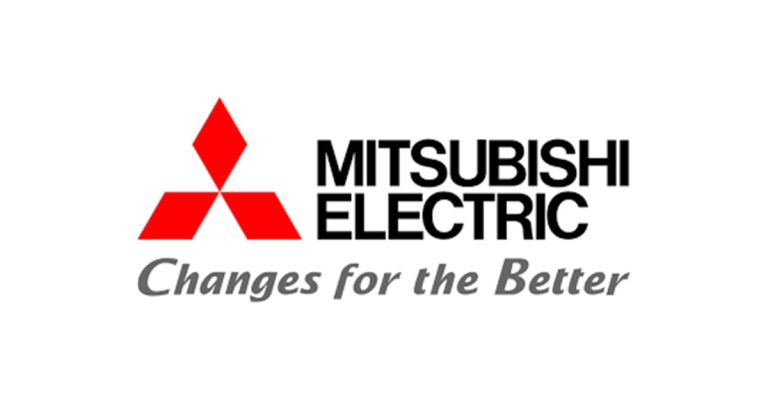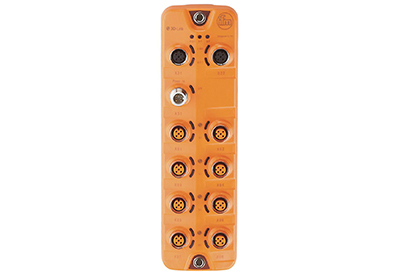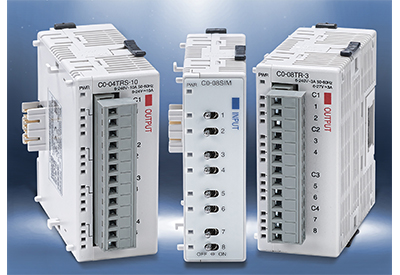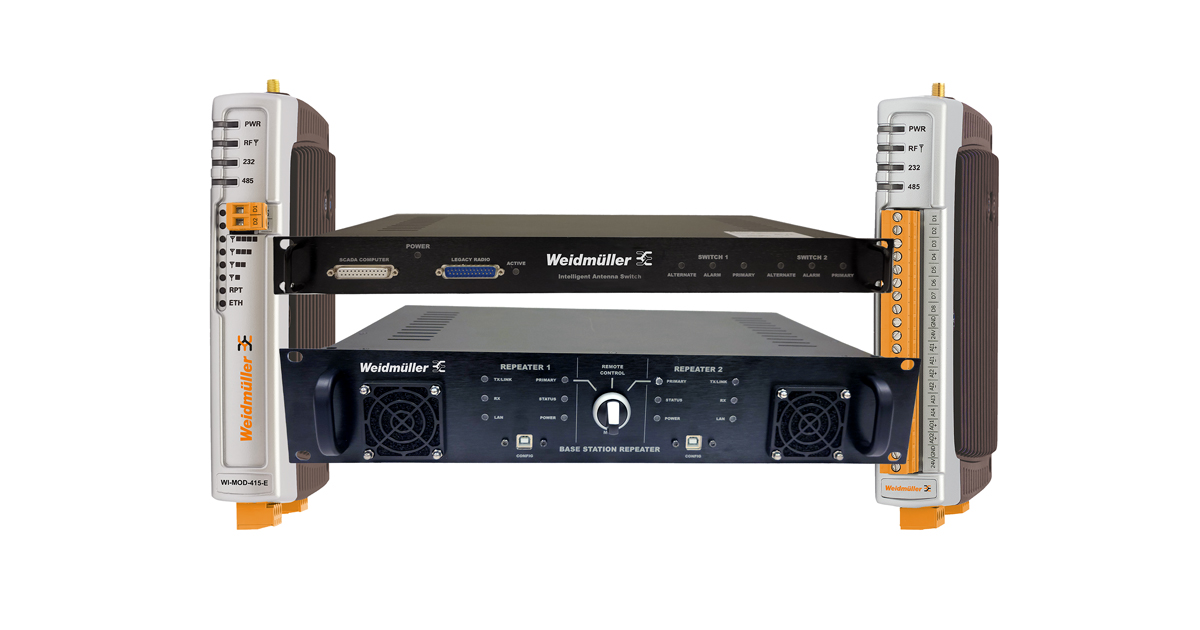Launch of 7th-Generation X Series IGBT Module that Contributes to Energy Saving in Railway Transportation
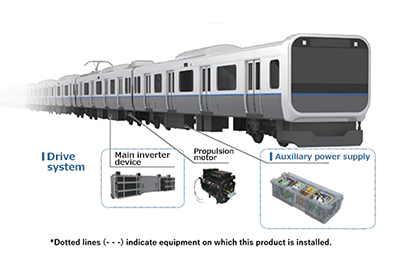
November 24, 2020
Fuji Electric Co., Ltd. (headquartered in Tokyo, Japan; led by President Michihiro Kitazawa) was recently pleased to announce that it has started mass production of its HPnC, outfitted with a 7th-generation X Series IGBT module, targeting the railway market.
1. Background
In recent years, railways have been attracting attention as an energy-efficient and environmentally-friendly means of transportation from the perspective of countering global warming. Meanwhile, since railcar operation requires large amounts of electric energy, it is necessary to further reduce the size and weight of railcar equipment and to increase the efficiency.
Power semiconductors (IGBT modules) are electronic components that convert AC and DC power through high-speed switching (turning power on and off). They are installed in the main inverter of the propulsion system that runs railcars, and in the auxiliary power systems that supply power for the air conditioning system and interior lighting.
Fuji Electric has recently developed and started mass production of the HPnC, a high-capacity IGBT module that reduces power loss and saves energy. The electric railway market is expected to grow at an average annual rate of 6% in the future, reaching about 50 to 60 billion yen in 2023.*3 Fuji Electric plans to roll out the HPnC on a global scale.
2. Product Features
(1) Achieves energy saving by reducing power loss
The HPnC is equipped with the latest 7th-generation IGBT that boasts some of the best low-loss performance in the industry. By optimizing the structure of the package, Fuji Electric reduced the internal inductance, which interferes with high-speed switching, by 76% compared to the conventional products, resulting in low losses. An inverter equipped with the new HPnC reduces power losses during operation by about 8.6% compared to the conventional product (Fuji Electric’s High Power Module). Also, combined with the improved heat dissipation described in the next chapter, it reduces heat generation, resulting in a 19% reduction in size and a 13% reduction in weight compared to the conventional product.
(2) Better reliability with reviewed substrate materials
One of the main causes of IGBT module failure is the deterioration of the interfaces between the different components due to the stress caused by temperature changes during operation. Given this, Fuji Electric has changed the base plate material from the conventional composite of aluminum and silicon carbide (AlSiC) to a composite of magnesium and silicon carbide (MgSiC), thereby improving the heat dissipation and lowering the stress caused by thermal changes. In addition, the terminals of the new module are attached to the insulation substrate by ultrasonic bonding*4 as opposed to the solder joint in the conventional module, thus reducing the failure rate.
(3) Facilitates parallel connection of power semiconductors
The conventional product requires three separate bus bars (conductors for electrical connection; DC+, DC- and AC bus bars) that overlap each other when constructing a circuit, making the wiring configuration complicated when using parallel connection of power semiconductors. Optimizing the terminal arrangement of this product has made it possible to arrange three types of bus bars in the same direction, easily facilitating parallel (multiple) connection of power semiconductors and contributing to improved assembly for various inverters.
![]()
https://www.fujielectric.com/company/news/2020/20201119135006358.html

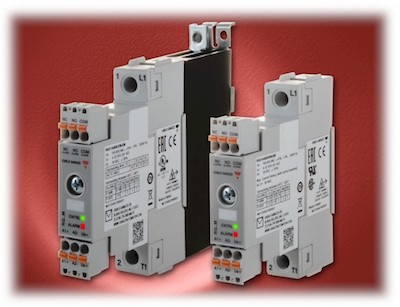 Carlo Gavazzi has developed a sereis of single-phase solid state relays and contactors with integrated monitoring features. The
Carlo Gavazzi has developed a sereis of single-phase solid state relays and contactors with integrated monitoring features. The 